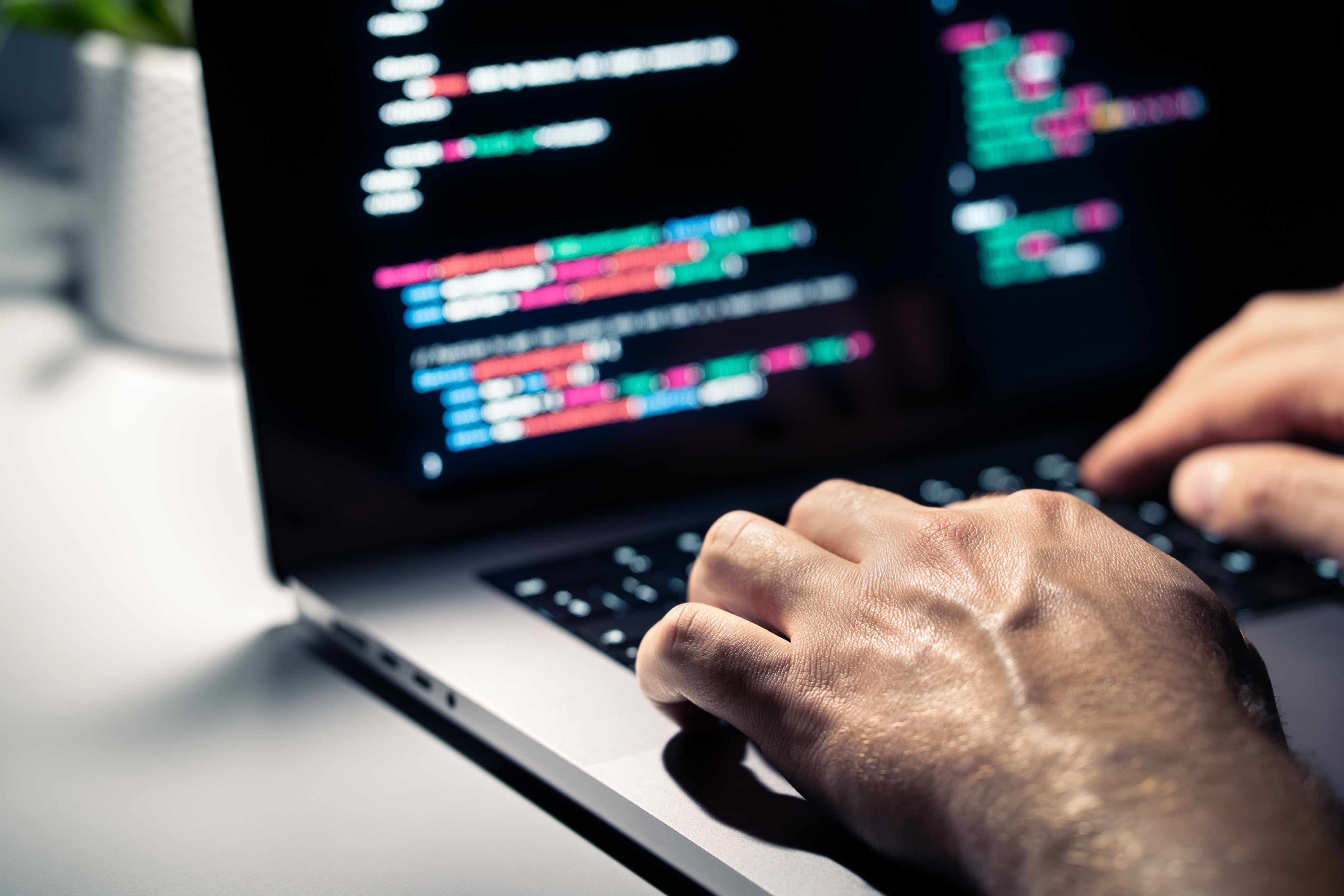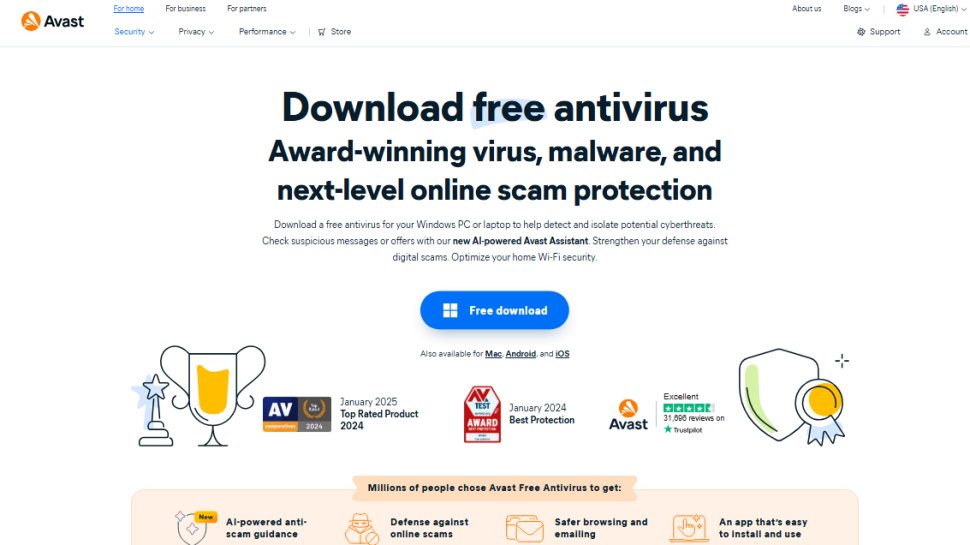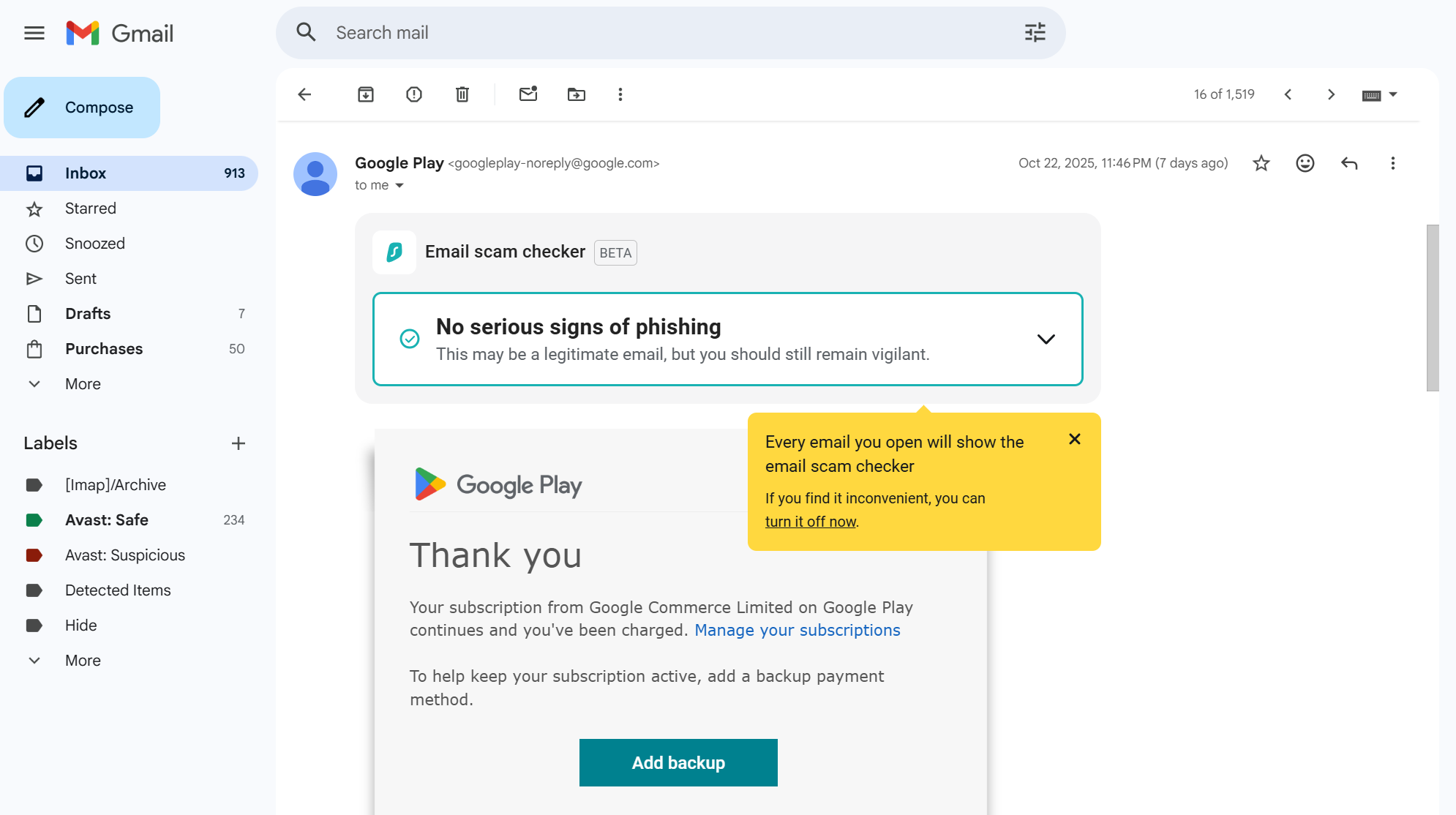Sponsored by ThreatLocker
These are the vital components of a good cybersecurity solution
There is a core set of capabilities that every cybersecurity platform should include

Let me preface this article by saying that there is no universal checklist of exactly X features that a cybersecurity solution must have.
The number of essentials (and even their nature) will always depend on things like industry and regulatory landscape, size of the organization, type and sensitivity of data it handles, and so on.
That said, it’s possible to outline a core set of capabilities that every cybersecurity platform worth its salt (especially those geared toward SMBs) should include.
Try ThreatLocker for free for 30 days
ThreatLocker is a cybersecurity platform designed to give businesses complete control over what runs on their networks. It uses zero-trust application control, ringfencing, and storage control to block unauthorized software and prevent ransomware attacks. Businesses can easily deploy it to protect critical data, enforce policies, and monitor activity.
Real-time threat detection and response
It’s no secret that modern attacks move fast, using endpoints (your laptops, desktops, servers, mobile devices) as the primary point of entry.
Hence, real-time protection is the first line of defense that always monitors an endpoint, using advanced techniques like behavioral analysis and machine learning to identify and neutralize threats in real time, even those that have never been seen before.
The sad reality is that static antivirus solutions simply can’t keep up with all the malware, ransomware, fileless attacks, suspicious processes, and behaviors.
Without instant detection and resolution, an attacker who gets a foothold can escalate and move laterally before anyone notices.
Ideally, you want a solution with behavioral/AI models, cloud telemetry, and threat-hunting capabilities.
System intrusion, social engineering, and web-application attacks still dominate breaches, which means detection across multiple vectors (endpoints, email, web) is critical.

Identity and access management (IAM)
IAM is the overarching framework of policies and technologies that makes sure the right people have the appropriate access to the right resources, at the right time.
The reason why IAM is a must-have is that compromised credentials are at the very top of data breach causes.
It effectively defends against both external threats and internal misuse of data by largely relying on three key pillars: multi-factor authentication (MFA), single sign-on (SSO), and role-based access control (RBAC).
As a second security layer, MFA requires a second form of verification (e.g., code from a smartphone or a biometric like a fingerprint) in addition to a password. Adding this simple step to your accounts makes you 99% less likely to be hacked.
Another challenge is managing dozens of different passwords for various business applications, which is where SSO steps in.
It allows employees to use a single set of credentials to securely access all their work-related apps, thus reducing the use of weak passwords.
As for RBAC, it uses the principle of ‘least privilege’, ensuring that employees only have access to the data and systems they absolutely need to do their jobs. By assigning permissions based on roles, a platform minimizes the so-called blast radius of a potential breach.
In other words, if a single account is compromised, the attacker can't access the entire network.
Email and web content security
There is no shortage of businesses, especially small and midsize ones, that underestimate the risks of email security, believing themselves to be less attractive targets.
In reality, they are often seen as "low-hanging fruit" due to poor employee security awareness and a lack of security resources.
This capability actively scans email for malicious attachments and links, and it also analyzes web traffic to block access to known malicious websites.
It's designed to protect employees from phishing, malware, and other social engineering attacks that rely on human error and aim to trick employees into giving up credentials or sensitive information.
After all, phishing is the most common form of cybercrime and a frequent (successful too) attack vector against SMBs.
In fact, an estimated 3.4 billion phishing emails were sent daily worldwide last year. A robust solution should include a Secure Email Gateway (SEG), along with web content filtering and safe browsing as key features to stop the attacks in their tracks.

Automated patch management
It may not be as “headline-grabbing” as threat detection and other fancy components, but as a preventive layer, automated patch management is one of the most impactful controls you can implement.
For businesses that lack a full-time IT staff, keeping all software and operating systems up-to-date on all endpoints with the latest security patches is a massive burden.
Realistically speaking, manually tracking and applying patches is a logistical nightmare. Add to the fact that a third of cyberattacks exploit unpatched software vulnerabilities, and it becomes clear why automated patching is so precious.
By handling this process silently in the background, a cybersecurity platform drastically reduces a business's attack surface and closes loopholes that are all too common entry points for hackers.
It scans endpoints for missing patches and vulnerabilities, then automatically deploys updates to OS, browsers, and third-party software. Most solutions even report compliance to show if there are still vulnerable elements.
Automated backup and recovery
Keeping up with the automation theme, while the other features are about prevention, this capability is about resilience. It provides automated, secure backups of a company's critical data, often to an off-site cloud location.
In the event of an attack like ransomware, automated backup and recovery is the ultimate safety net, allowing a business to restore its operations without having to pay a ransom.

Centralized management and reporting
You need to be able to handle all of the above with ease, right? So, a single, intuitive dashboard that gives a complete, real-time overview of the organization's security posture goes without saying.
It should show the status of every device, flag vulnerabilities, and generate simple reports on security events.
Once again, most SMBs can’t afford a dedicated security team, so they need a way to manage their security without being overwhelmed.
A centralized console consolidates all security data and alerts, transforming complex security management into a clear and actionable process.
And there you go. Cybersecurity today is a series of overlapping defenses, as opposed to a single wall.
This list could have easily included other things, like network security as a crucial perimeter defense and containment layer.
The point is that what you’ve just read about is a starting point that, hopefully, serves you well in building a resilient and proactive cybersecurity posture. You damn sure will need it.
Sign up to the TechRadar Pro newsletter to get all the top news, opinion, features and guidance your business needs to succeed!
Sead is a seasoned freelance journalist based in Sarajevo, Bosnia and Herzegovina. He writes about IT (cloud, IoT, 5G, VPN) and cybersecurity (ransomware, data breaches, laws and regulations). In his career, spanning more than a decade, he’s written for numerous media outlets, including Al Jazeera Balkans. He’s also held several modules on content writing for Represent Communications.
